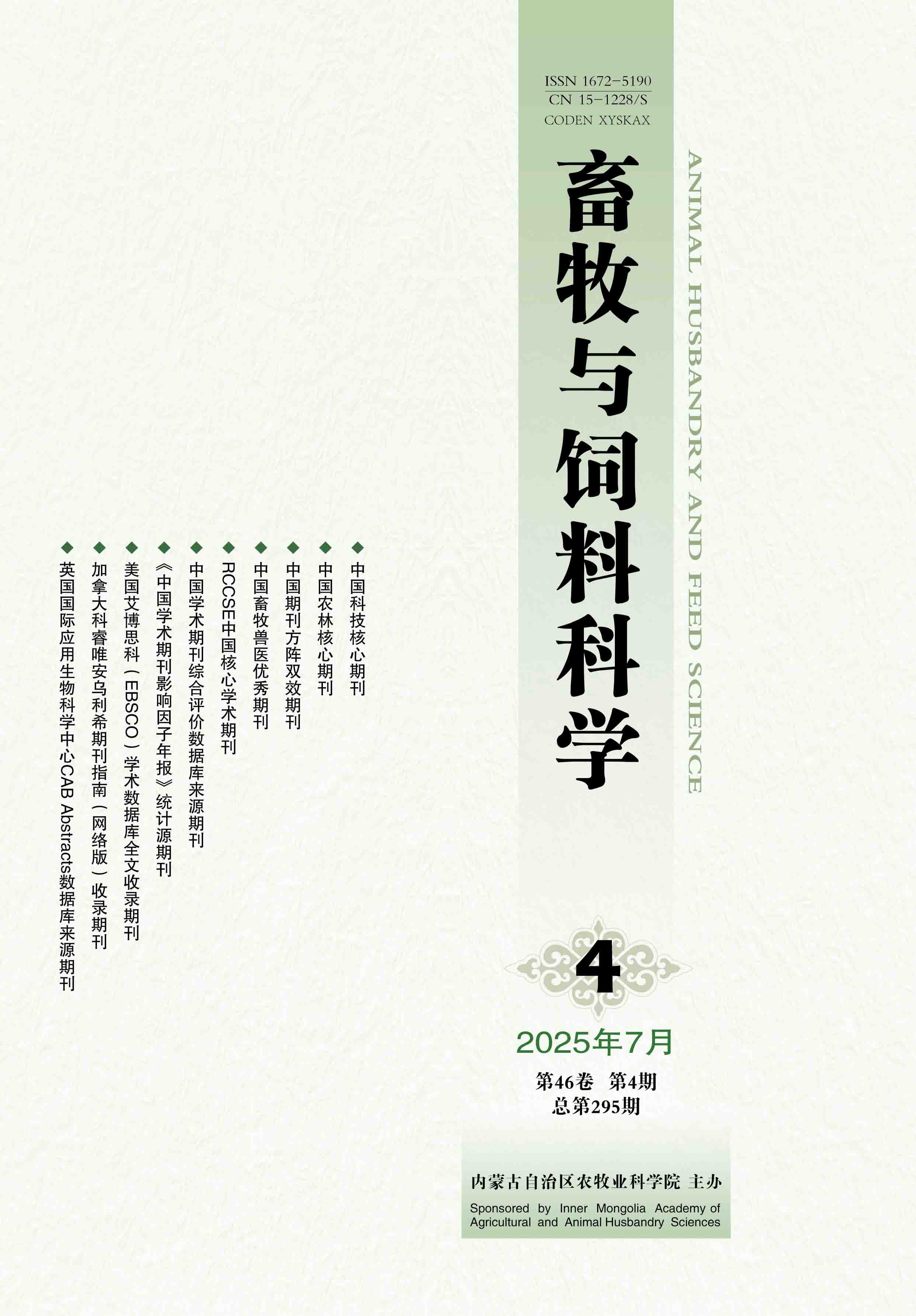Select
Evaluation on Control Efficacy of Two Types of Microbial Reagents against Grassland Locust
2018, 39(1):
43-43.
doi:10.12160/j.issn.1672-5190.2018.01.011
Abstract
(
210 )
PDF (319KB)
(
76
)
Save
Related Articles |
Metrics
In this study, a filed trail was conducted to compare the control efficacy of two different formulations(oil miscible flowable concentrate, OF; wettable powder, WP) of the microbial reagent of Metarhizium anisopliae against grassland locust.Three experimental spots were designed for each formulation, designated as A1, A2, A3 spots for OF and B1, B2, B3 spots for WP,respectively. The location of the experimental spots A1 and B1, A2 and B2, and A3 and B3 was selected in plain, uphill and downhill grassland. CK spots were also included in this study. The population density of grassland locust in microbial reagent applied spots and CK spots were investigated before application and at the 5 ^th, 10^th, 15 ^th, and 30 thday post application, respectively.Furthermore, the population decline rate of grassland locust were calculated and statistically assessed to compare the control efficacy of the two different formulations and to determine the spatial characteristics of the control efficacy. The results showed that before application, no significant differences in population density of grassland locust between CK spots and all of the experimental spots were observed(P0.05), and at the 5^th, 10^th, 15 ^th, and 30^thday post application, both of the OF and WP applied experimental spots had significantly lower population density of grassland locust compared to CK spots(P0.05); at the 10~(th)day post application, the population decline rate of grassland locust in A2 and A3 spots was significantly elevated compared to the B1,B2 and B3 spots(P〈0.05); at the 15 thday post application, significantly higher population decline rate was observed in the A1, A2 and A3 spots than the B1, B2 and B3 spots(P〈0.05); at the 30 thday post application, the population decline rate of the six designed experimental spots(A1-A3, B1-B3) all exceeded 65%, and the best control efficacy was obtained in the OF applied spots locating in downhill grassland with population decline rate of 71.86%. In conclusion, the OF had better control efficacy against grassland locust than WP, and the application of OF in downhill grassland had superior control efficacy; both of the two formulations of microbial reagent of Metarhizium anisopliae exhibited certain horizontal diffusion capacity, and they had sustained and good control efficacy against grassland locust in the current year of application.








